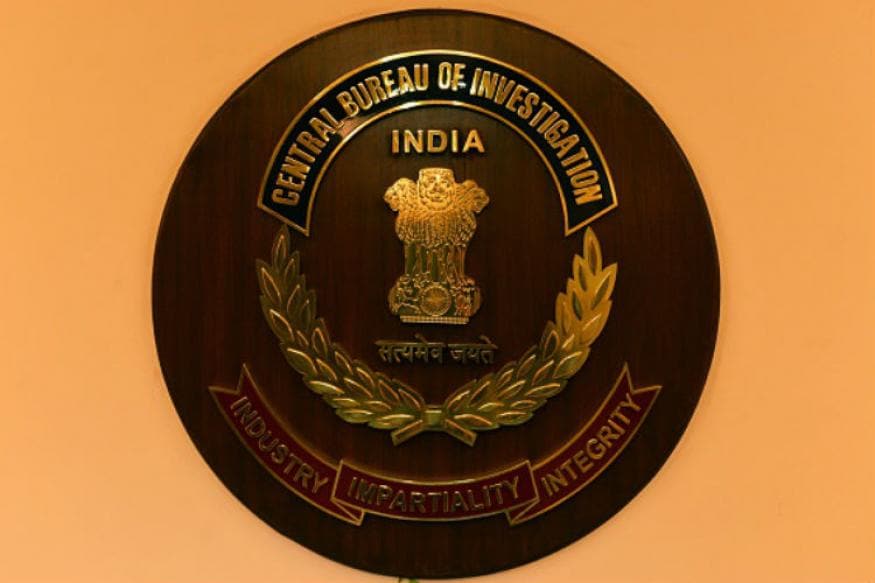Archit Gupta, Founder & CEO ClearTax, shares his thoughts on the recent proposal by RBI to set up regulatory sandbox for fintechs.
The central bank’s proposal to set up a regulatory sandbox, which will allow fintechs in the country to live-test innovations and products, has drawn mixed reaction from the industry so far.
Fintechs, in general, has welcomed the move and hope it will facilitate greater innovation in the ecosystem.
Moneycontrol spoke to Archit Gupta, Founder & CEO ClearTax— Bangalore based Financial-Technology platform providing solutions for Income Tax filing, GST and Mutual Fund Investments. Gupta, while being highly optimistic about the RBI’s proposal, points out that the central bank has excluded cryptocurrency, initial coin offerings, credit registry and other related sectors from the proposed RS. “This could be a cause of heartburn for multiple entrepreneurs as ‘distributed ledger’, the technology on which cryptocurrency and blockchain are based, is considered the future of finance,” he adds.
Edited excerpts:
Q: How do you think the new Regulatory sandbox proposed by the RBI will be benefiting fintech firms in the long run?
A: The proposed initiative will help fintech service providers, including banks. It will help improve their understanding of how new financial technologies might work, which allows them to integrate such new technologies with their business plans appropriately.
The participants of the Regulatory Sandbox can test a product’s viability without a more extensive and expensive roll-out. If the product shows promise and has the potential to be successful, the product may then be authorised and introduced to a broader market promptly. Alternately, if any significant concerns arise, during such a period, suitable adjustments can be made to the product before it is finally launched.
Additionally, fintech companies can enhance their understanding of rules and regulations that govern their offerings and then develop their products accordingly.
The 'sandbox' initiative not only helps improve the pace of innovation and technology absorption it also increases the ambit of financial inclusion and widens the financial reach. The areas that can get a boost from this initiative include microfinance, micro-insurance products, innovative small savings, remittances, mobile banking and other digital payments.
Q: Do you think the Fintech companies will be able to take full opportunity of the implementation of the new RS?
A: The RBI sandbox initiative will help fintech startups in a significant way. Fintech companies grapple with testing out any new products for customers as the regulatory limitations are very challenging. This initiative provides the right framework for all stakeholders to come together and innovate.
A ‘sandbox’ environment enables ground-breaking technology (disruptive tech) to operate within a specified protected data set, where many innovations can be tested. It also creates the space for innovator and regulators to analyse failures without inducing any form of systemic risk.
Many aspects of the fintech industry have been covered under the new guidelines, but cryptocurrency, initial coin offerings, credit registry and other related sectors have been kept out of the proposed sandbox. This could be a cause of heartburn for multiple entrepreneurs as ‘distributed ledger’, the technology on which cryptocurrency and blockchain are based, is considered the future of finance.
Q: With setting up of the RS, do you think there will be more chances of a fintech product or service to be more successful?
A: Financial services companies, including in payments, lending, remote customer onboarding and others, hope to use this opportunity to test their products and scale up in a limited environment. Startups are often at the mercy of financial institutions to understand compliance issues, which slows down the pace of innovation. A sandbox feature from the regulator could help smoothen the process and may even usher in ground-breaking innovation in the industry.
The RS allows the regulator, the innovators, the financial service providers and the customers to conduct field tests to collect evidence to evaluate the benefits and risks of new financial innovations while monitoring and containing their risks.
It can provide a structured avenue for the innovators to engage with the ecosystem and to develop innovation-enabling or innovation-responsive products and services that facilitate the delivery of relevant, low-cost financial products.
























































.jpg)





